The listed Roewe E50 is a brand-new vehicle platform developed exclusively for the design of pure electric vehicles. This is different from most of the domestic electric vehicle models based on the internal combustion engine model. At the beginning of the design, it was developed around this platform of pure electric vehicles, which can avoid a series of problems on those “retrofitted pure electric vehiclesâ€, such as the front and rear of the vehicle caused by the battery pack taking up the trunk space and installing batteries. Uneven distribution of shaft weights, etc. The design of the Roewe E50 is derived from the E1 concept car, but it simplifies many elements of sci-fi advancement. It uses a dolphic-knuckle hatchback body design and looks full. The back door adopts a one-piece dolphins design, the overall appearance of rounded lines, in line with aerodynamic principles, help reduce the vehicle's drag coefficient. Since it is a pure electric vehicle, there is no intake grille in the front of the front of the car, and in the middle is a shield type plug cover (fast charge outlet), the blue E is placed in the middle position, making it easier Identify its electric identity. Another household electrical outlet is located at the left rear, side, which is the traditional refueling position. Interior design is simple The E50 uses a three-piece, multimedia-controlled steering wheel with silver sport trims underneath it. The instrument panel uses a multi-functional digital instrument with 3D effects to create a stylish aesthetic. Located in the middle of the control is the intelligent integrated human-machine exchange system. The display is a 6.5-inch touch screen, which looks like a sense of technology. As a A00-class car, Roewe E50 axis wheelbase is 2305mm, because the vehicle is based on the new design of electric vehicles, after a reasonable optimization, the interior space is still abundant. The E50 also uses the now popular one-button start function, but slightly different is that the one-button start button is integrated on the key. Just insert the key and it will start. It is worth mentioning that the Roewe E50 is also equipped with a humanized SMART HOLD electronic handbrake system, which has the functions of automatic flameout, automatic parking after the key is pulled out, and ramp assist start to help improve driving safety. "Three power" core technology Motors, electronic controls, and batteries ("three powers") have always been the technical bottleneck for the development of electric vehicles. Let's take a look at the characteristics of the "three powers" core technology of the Roewe E50. This lithium iron phosphate battery has no memory characteristics, has a higher charge and discharge efficiency, and is more suitable for frequent charging of electric vehicles. In addition, the lithium iron phosphate battery with the same specification capacity is lighter than the traditional lead-acid battery. According to the person in charge of the relevant technology, the power of the lithium iron phosphate battery carried by the Roewe E50 is very stable, and the self-discharge within 3 months does not exceed 5%. At minus 20 degrees, the battery capacity is less than 10%, and after 2000 discharges, The battery loss is still lower than 20%, and the actual service life is more than 10 years. In addition, the battery module has a temperature control system that can effectively prevent the battery from overheating. The Roewe E50 has an effective cruising range of 180 kilometers under 60 km constant speed conditions. Permanent Magnet Synchronous Motor + Integrated Electronic Box Drive System In addition to storage batteries, electric drive systems are also an important part of pure electric vehicles. The Roewe E50 has a maximum power of 52 kW, a peak torque of 155 Nm, an acceleration of 0-50 km for 5.3 s, and a top speed of 120 km/h. The power is sufficient for a purely electric vehicle traveling in the city. VCU intelligent vehicle control system The VCU intelligent vehicle controller developed jointly by SAIC and BOSCH has more than 20 ECU control units and integrates the international advanced CAN-BUS system, which can effectively increase the transmission speed between the external controllers, thus ensuring the stability of the system. safety. CAN-BUS management system mainly includes power system and chassis management bus, OBD2 digital diagnosis management bus, multimedia management bus and body management bus. Vehicle safety protection system Whether it is a traditional internal combustion engine or a pure electric vehicle, its safety performance is also our greatest concern. For electric vehicles, it is also very important that the battery system be well protected during a collision. Lightweight body structure As a small car, its safety performance is also of great concern to us. Especially for compact cars with very compact body structures, materials for body design are even more important because there is not much room to cushion the impact forces. On the other hand, the body must not be too heavy, otherwise it will affect its handling and energy saving. The Roewe E50's body uses lightweight materials and ultra-high-strength steel structures. The cabin is made of an ultra-high-strength steel structure. The front bumper beam is made of aluminum alloy and the tailgate is made of SMC composite lightweight material. Charging hatches and small doors, PEB beams have also been replaced by new synthetic materials. The use of high-strength materials and effective optimization of the car body can achieve good cushioning and energy absorption when impacted by the impact force, thereby protecting the safety of the occupants. Since the E50 is designed based on a pure electric vehicle platform, the balance between ergonomics and vehicle safety is taken into account in the design of motors, batteries and bodywork. In the CNCAP crash test, a four-star rating was obtained. Battery protection system The power battery can be said to be the "heart" of a pure electric vehicle, and it is very important for the protection of the "heart", especially in the process of wading and colliding. Because of the characteristics of the power battery, it is easy to cause leakage or catch fire. Now most of the power batteries of pure electric vehicles are arranged at the bottom of the car body, and the environment is also very bad. Walking on rainy days and dusty roads is a severe test for batteries. According to technical experts, the waterproof and dustproof capability of the Roewe E50's power battery has reached a high standard of IP67 (the highest grade is IP68). Brake energy feeding system The ability to recycle this energy-saving and environment-friendly technology is a major feature of electric vehicles. The Roewe E50 pure electric vehicle also uses this technology. How does the E50's brake energy feeding system work? The principle is also very simple. When the car is decelerating, the inertia of the vehicle is used to drive the motor to reverse, and then the power battery is charged, which reduces the energy loss during braking. It is also helpful to increase the mileage. In fact, this approach is somewhat similar to the traditional use of engine traction for braking, where the motor instead of the engine. In this way, while charging the battery, it can also improve the braking efficiency of the car and reduce the braking distance. On the other hand, it can also reduce the wear of brake pads. Summary: Unlike some other pure electric vehicles that have been transformed from traditional cars, the Roewe E50 is a small car redesigned based on electric vehicles. After a series of reasonable optimizations on the body layout, it makes this vehicle Although the car is small, but it is also "five organs" and taste, and its body is a collection of SAIC's power battery system, electric drive system, electronic control system, "three power" core technology, making this car performance has a good performance. As for the future performance of this pure electric vehicle that is located in the city, it has to accept the test of the market. Antislip Bath Mat,Drainage Floor Mat,Bathroom Non-Slip Mat ,Bathroom Mat Custom Shenzhen Molding & Forming Industries Co.,ltd , https://www.mfi-cn.com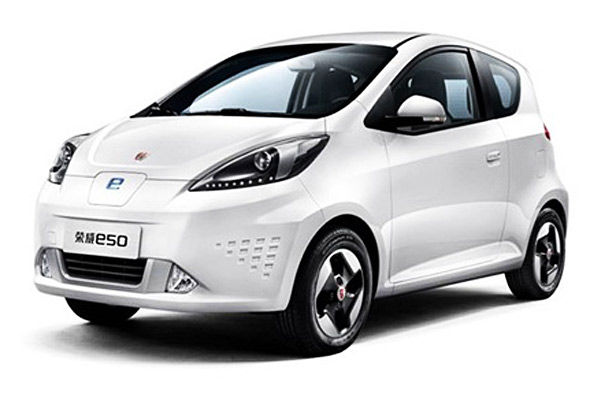
Pure electric vehicle exclusive vehicle platform
The E50's drive system (electric motor, integrated electronics box) is located in the front of the head, the power battery pack is located slightly behind the bottom of the car, and the 12V battery is placed on the bottom of the trunk. The front suspension is MacPherson independent suspension and the rear suspension is H-type torsion beam semi-independent suspension.
According to reports, since the Roewe E50 had already considered the layout of components of pure electric vehicles at the beginning of design, through reasonable optimization, the vehicle safety was improved while the handling and space utilization of the vehicle were improved. Driving can go in-depth experience.
Smart design 
The headlight adopts a single-chamber design with a popular LED underneath, and it is contrasted with the rear LED taillights to make the vehicle more dynamic. 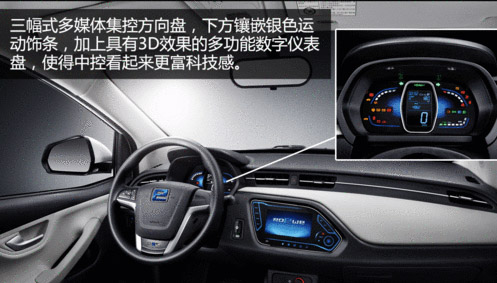
The E50 is a two-door trolley with a 2+2 interior layout. The front and rear seats are in black and white and blend in with the center console. 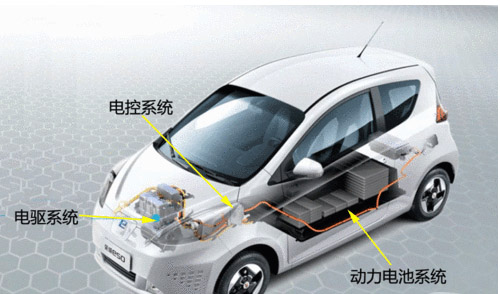
In fact, as a purely electric vehicle driven by electricity, the battery is the source of all power. Its performance is good or bad and directly affects the effective use of electric vehicles. Roewe E50 uses a lithium iron phosphate battery. What advantages does this battery have over conventional batteries? It should be noted that traditional batteries are memory-based. If they are constantly operating under full-load conditions, the capacity will be lower than the rated capacity. 
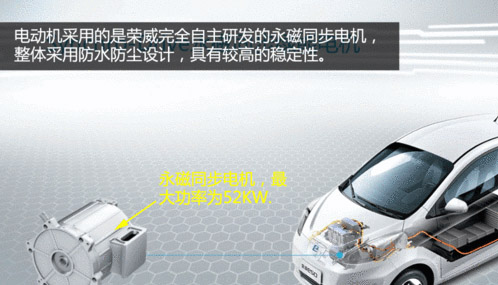
The motor is a permanent magnet synchronous motor independently developed by Roewe. The overall use of waterproof and dustproof design has high stability. With the integrated power electronics box, the inverter and the high and low voltage DC converters are integrated into one piece to reduce the volume and weight of the electronic box to a certain extent, which is beneficial to the layout of the chassis of this small vehicle. 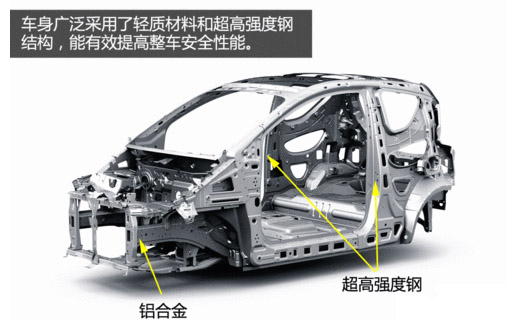
According to reports, the power battery compartment at the bottom of the vehicle body is also equipped with a collision-prevention structure. Ultra-high-strength steel is used as a bracket at its key force point to ensure the safety of the battery in extreme collisions. 
Waterproof and dustproof is one of the most stringent automotive test standards currently available. For example, batteries that meet the IP67 standard have no dust intrusion after 6 hours in a very fine-particle dust environment. The battery is immersed in water for 1 hour and a half hour. Seal does not fail. In addition, since the power battery is operated in a high-voltage environment, the insulation design of the vehicle body and the collision power-off protection are also particularly important.
On the evening of November 5, 2012, SAIC's first mass production pure electric vehicle, the Roewe E50, was officially released at the Shanghai World Expo Conference Center. Roewe E50 is a pure electric vehicle based on the brand-new vehicle platform and autonomously mastering the “three power†core technology. What are the technical highlights of this urban-designed pure electric trolley? The technical experts of SAIC Group gave us an introduction. Below for everyone to interpret.